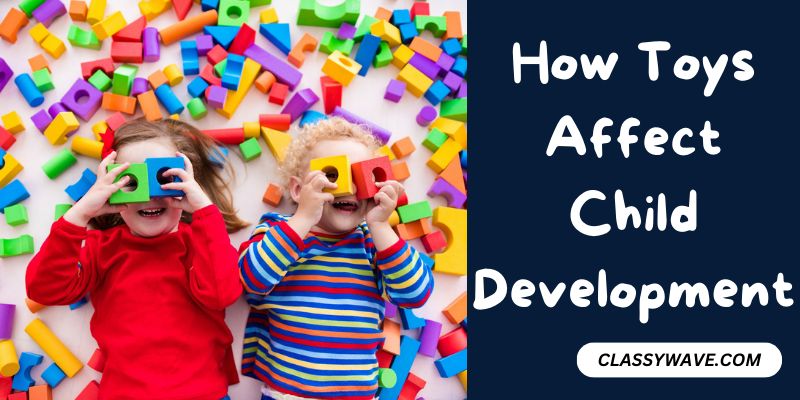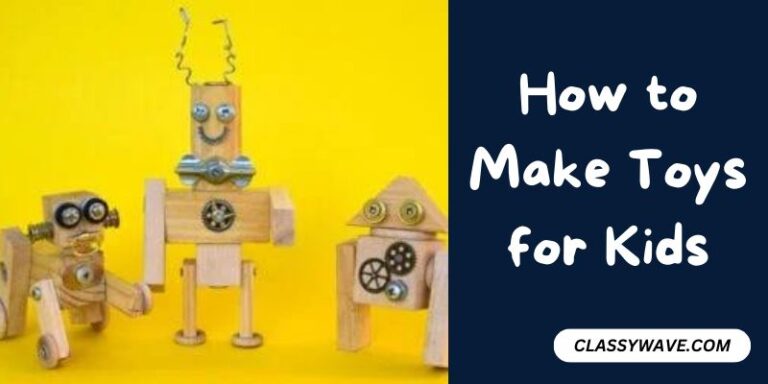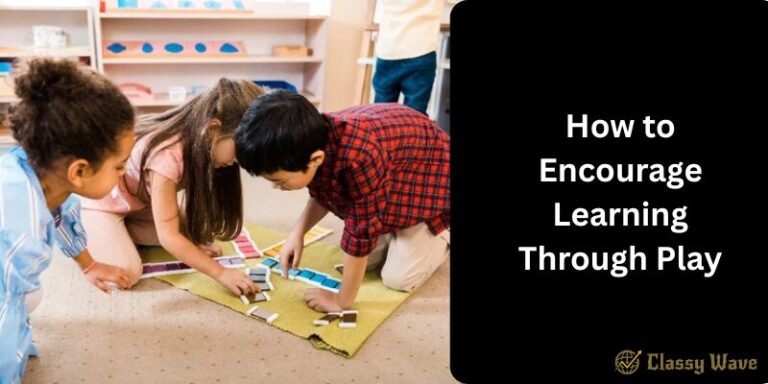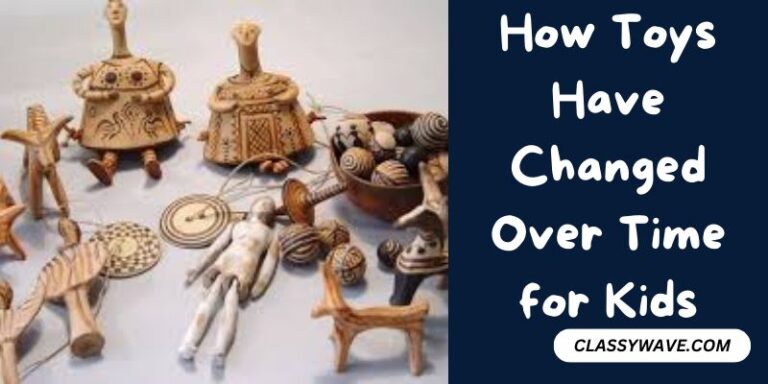How Toys Affect Child Development – Unlocking Potential
Toys, the delightful companions of childhood, have undergone a fascinating transformation throughout history. From simple handmade playthings to cutting-edge technological wonders, the evolution of toys reflects societal changes, technological advancements, and shifting cultural norms. In this journey through time, we’ll explore how toys have evolved, the factors influencing these changes, and what the future holds for the toy industry.
The world of toys has come a long way from the humble beginnings of dolls crafted from natural materials and wooden blocks. Today, the toy industry is a billion-dollar enterprise, constantly adapting to the demands of the ever-evolving landscape of childhood.
Historical Evolution of Toys
Ancient Toys
In ancient civilizations, children often played with handmade toys crafted from materials readily available in their surroundings. These toys were simple yet effective, fostering creativity and imagination.
Medieval Toys
The medieval period introduced more intricate toys, reflecting the craftsmanship of the time. Dolls with movable limbs and miniature wooden figures became popular among the young.
Industrial Revolution and Mass Production
With the Industrial Revolution, the mass production of toys became feasible. This era marked the birth of tin soldiers, rocking horses, and other toys that could be produced on a large scale.
Technological Advancements in Toys
Electronic Toys
In the second half of the 20th century, toys underwent a technological revolution. Electronic toys, like talking dolls and handheld games, became popular, introducing interactive and engaging play experiences. This shift reflected the broader societal fascination with technology, providing children with a tangible connection to the digital world. The integration of electronics transformed the way children played, setting the stage for the dynamic and ever-evolving landscape of modern toys.
Digital Gaming
In the last few decades, digital gaming has revolutionized children’s play. Video games and interactive apps now provide immersive experiences that were previously unimaginable. This shift reflects the profound impact of technology on the way children engage with entertainment, fostering a new era of interactive and captivating play.
Changing Trends in Toy Preferences
Shifts in Gender-Based Toys
Traditional gender roles in toy marketing have undergone a significant shift, with deliberate efforts to break stereotypes. Toys are now designed to be more inclusive, encouraging all children to explore a diverse range of play experiences. This positive change reflects a broader acknowledgment of the diversity of interests and preferences among children, fostering a more inclusive and enriching play environment.
Educational Toys
The emphasis on educational toys has expanded, as parents and educators increasingly recognize the crucial role of play in cognitive development. Particularly popular are STEM (Science, Technology, Engineering, and Mathematics) toys, reflecting a growing awareness of the importance of these subjects in preparing children for a technologically advanced world. These educational toys not only entertain but also stimulate learning, making playtime a valuable opportunity for cognitive growth.
Impact of Cultural and Social Changes on Toys
Globalization and Toy Trends
Globalization has facilitated the exchange of cultural influences, significantly impacting toy preferences worldwide. As a result, toys now showcase a more diverse range of cultural backgrounds. This shift reflects a more inclusive approach in the toy industry, acknowledging and celebrating the richness of various cultures. Children today have access to a broader spectrum of toys that not only entertain but also introduce them to the global tapestry of traditions and customs, fostering a more interconnected and culturally aware generation.
Inclusive Toy Design
Inclusivity is now a crucial factor in toy design. Manufacturers are progressively developing toys that cater to children with diverse abilities and needs, ensuring a more inclusive and accessible play experience.
Environmental Considerations in Toy Manufacturing
As environmental awareness grows, the toy industry is adapting to more sustainable practices. Eco-friendly materials and ethical manufacturing processes are gaining traction.
Toys and Cognitive Development
Research has shown that toys play a crucial role in cognitive development. Play experiences that stimulate creativity and problem-solving skills are highly valued by parents and educators.
The Role of Media and Pop Culture
Toys are often influenced by popular media and cultural phenomena. Movie tie-in toys and merchandise capitalize on the success of blockbuster films and TV shows.
Challenges in the Toy Industry
Safety Concerns
Ensuring the safety of toys remains a top priority. Stricter regulations and testing procedures aim to protect children from potential hazards.
Ethical Production
The industry faces scrutiny regarding ethical production practices, with consumers demanding transparency in the sourcing of materials and manufacturing processes.
The Future of Toys
Emerging Technologies
The future promises exciting developments in toy technology, with augmented reality, artificial intelligence, and interactive robotics poised to revolutionize the toy market.
Sustainable Practices
Sustainability will continue to shape the industry, with a growing emphasis on eco-friendly materials, recyclability, and reducing the environmental footprint.
Conclusion
In conclusion, the evolution of toys reflects the dynamic nature of society, technology, and culture. From handmade treasures to high-tech wonders, toys have adapted to meet the changing needs and preferences of each generation. As we look to the future, the toy industry is poised for further innovation, ensuring that the joy of play remains an integral part of childhood.
FAQs
Are traditional toys still popular among children today?
Traditional toys hold a timeless appeal, and many children still enjoy playing with classics like wooden blocks and dolls.
How do educational toys benefit a child’s development?
Educational toys stimulate cognitive development, fostering skills such as problem-solving, creativity, and critical thinking.
What role does play have in a child’s overall development?
Play is essential for a child’s physical, emotional, and cognitive development, contributing to social skills and imagination.
How is the toy industry addressing environmental concerns?
The toy industry is increasingly adopting sustainable practices, using eco-friendly materials, and minimizing environmental impact.
What are some upcoming trends in the toy industry?
Emerging trends include the integration of technology like AR and AI, as well as a focus on sustainable and ethically produced toys.







